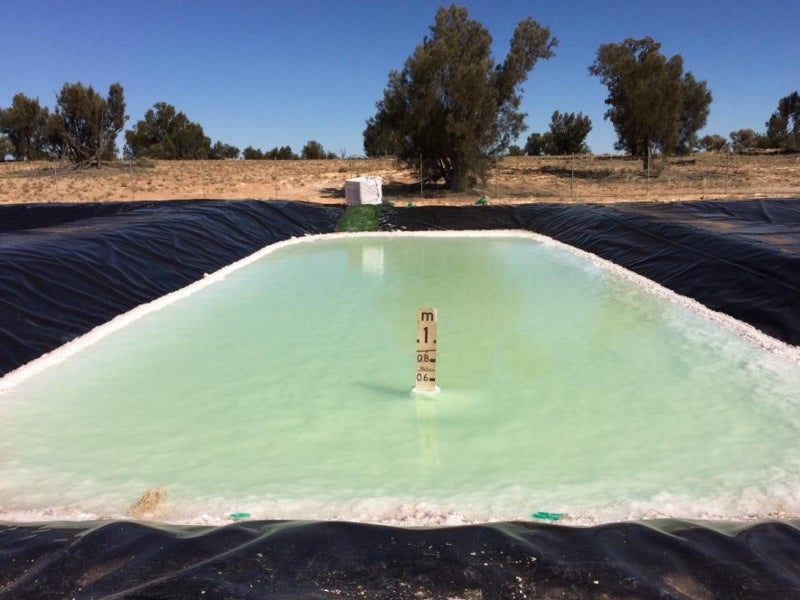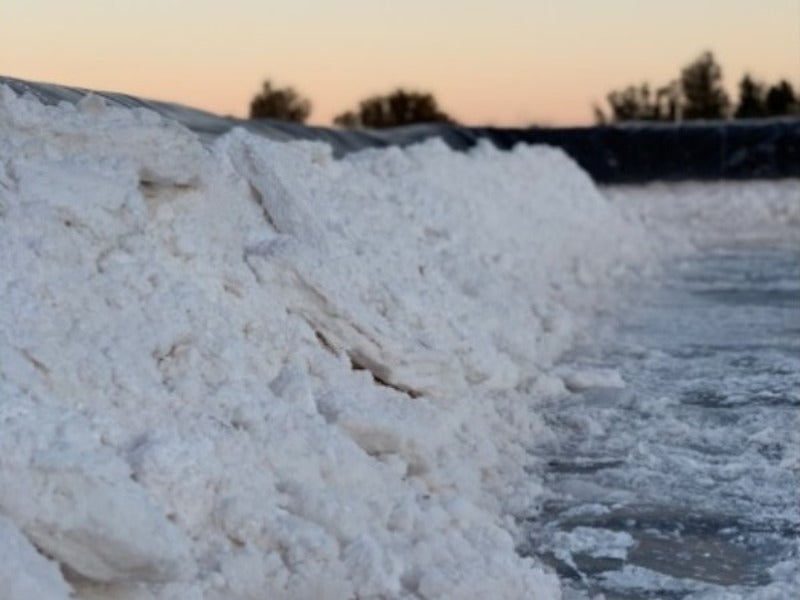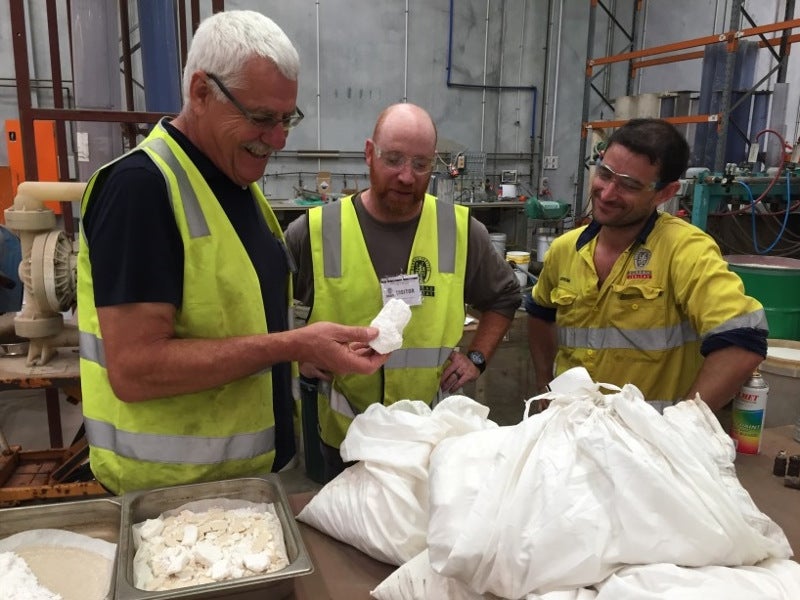The Lake Wells Potash Project (LWPP) is a palaeo-channel brine-hosted sulphate of potash (SOP) project in Yilgarn Craton, Western Australia. Australian Potash (APC) is the project developer.
The project is expected to produce 14.7 million tonnes (Mt) of SOP over an estimated mine life of 20 years.
Scoping study of the LWPP was completed in March 2017 while mining leases over an area of more than 30,000ha were granted in September 2018.
The definitive feasibility study (DFS) incorporating a solar salt SOP operation for the project is anticipated to be completed in the first half of 2019. The project development is expected to be started in late-2019.
Lake Wells potash project development details
The Lake Wells potash project is expected to be developed in two stages, with the first stage expected to produce 150,000t of SOP a year during the first five years of operation.
The second stage is expected to produce 300,000t of SOP a year during the remaining 15 years of operational life.
Lake Wells potash project location and geology
The Lake Wells potash project is located 180km from Laverton and comprises granted mining and exploration licenses extending over 1,200km².
Classified as a palaeo-channel system, the project area forms part of an internally draining terminal drainage. The sediments located beneath the current Lakes Wells Salt Lake infill and comprises a large tertiary palaeo-valley, extending over a larger area both upstream and downstream.
The potash-bearing brine is hosted in layered aquifers and clay-rich horizons. The uppermost layers of the deposit host surficial or near-surface evaporate, sand/silt, minor silcrete, and calcrete. The portion between the surface layer and the sand layer features a layer of clay-rich sediments and silty sands.
Lake Wells potash reserves
The JORC 2012-compliant indicated and inferred mineral resources of the project are estimated to be approximately two billion cubic meters (m³) of brine containing 14.7Mt of SOP.
Mining and processing at Lake Wells potash project
Potassium-rich brine will be pumped to the surface from the production aquifers through a network of bores. The extracted brine will be pumped to ponds and evapo-concentrated for recovering potassium-bearing minerals.
Salts will be sent to an apron feeder at the plant, where it will be crushed and forwarded to the conversion circuit. The product will be continuously stirred in the tank reactors and mixed with the liquor from the halite leach reactor, before being sent to the flotation circuit.
The resultant flotation concentrate will be transferred to a leach reactor, while the process residue will be directed to a process residue leach circuit. The slurry will then be combined with liquor from the SOP crystalliser to dissolve the residual halite and epsomite.
The leached product will then undergo crystallisation and compaction processes to produce a granular product. It will be further treated using de-dusting and anti-caking additives before being sent to a storage silo.
The final SOP will be packed, loaded onto trucks and taken to the railhead at Leonora through an all-weather sealed access road.
Off-take agreements
APC entered memorandums of understanding (MoU) with two Chinese agricultural companies in June 2017 for the sale of 200,000tpa of SOP from Lake Wells.
Sino-Agri Holdings, a subsidiary of CNAMPGC Holding, agreed to off-take 100,000tpa of SOP from the project, while Hubei Agricultural Means of Production Group will buy another 100,000tpa of SOP from the project.
Infrastructure facilities
The Lake Wells potash project can be accessed through the Great Central Road and the Lake Wells Road.
The federal and state governments allocated $35m for developing 100km of the Great Central Road from Laverton. The Shire of Laverton has further agreed to seal an additional 100km of Great Central Road for the project.
Power supply for the project will be provided by diesel generators. Workers will be accommodated at a 50-room permanent accommodation village.
Contractors involved
Lycopodium Minerals is responsible for the plant design, capital and operating costs estimates, and implementation plan for the definitive feasibility study of the project.
Novopro designed the process flow of the main plant and ponds, and the initial basic mechanical design during the feasibility study.
APC prepared the scoping study of the project with support from consultants, including Novopro, Shawmac, Botanica Consulting, and Galt Geotechnics.






